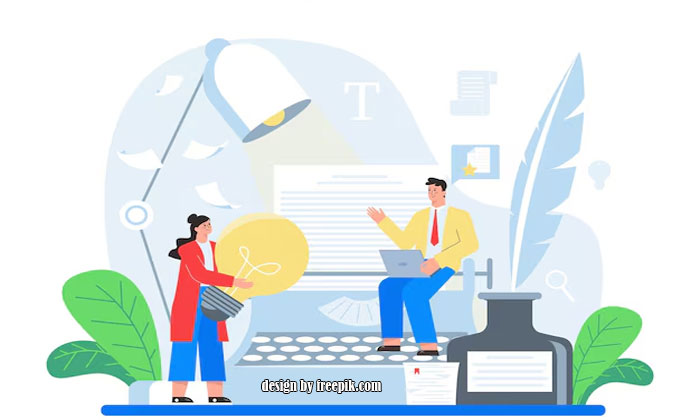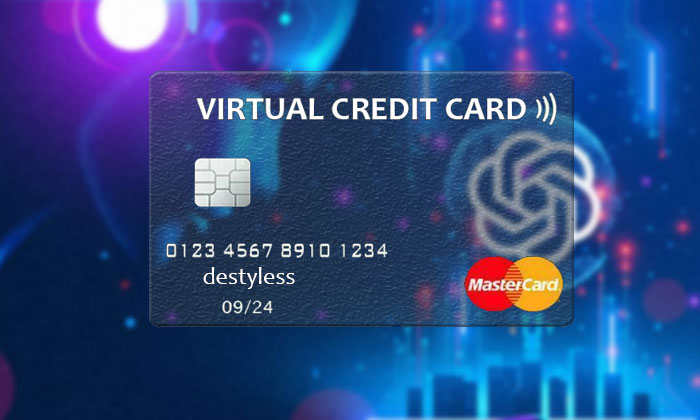
In the world of copywriting, a longstanding debate persists: is a brief, white-space-heavy sales piece more effective, or should one opt for a lengthy, detailed approach? Ultimately, the effectiveness of your copy hinges on one critical factor: your target audience. Understanding the psychology of your potential buyers can make all the difference in crafting a compelling message.
Understanding Buyer Types
Broadly speaking, buyers can be classified into two main categories:
The Impulsive Buyer
This type of buyer is often in a rush, juggling various tasks and commitments. They have a limited attention span and prefer quick, digestible information. Their decision-making process is typically driven by emotion rather than logic. When faced with a sales piece, they tend to skim headlines and visuals, making snap decisions based on first impressions.
The Analytical Buyer
In contrast, the analytical buyer craves detail and thoroughness. This buyer approaches decisions methodically, valuing comprehensive information and evidence before committing. They are more likely to read everything—from headlines and subheadings to the fine print—searching for data and proof that supports their purchasing decisions.
Crafting Your Copy for Both Types
To create effective copy that appeals to both impulsive and analytical buyers, you must strike a balance. Here are strategies for each buyer type:
Reaching the Impulsive Buyer
- Attention-Grabbing Headlines: Start with bold, captivating headlines that immediately draw attention. Use subheadlines to maintain interest and guide the reader through your copy.
- Visual Elements: Leverage graphics that enhance your message. Photos, infographics, and illustrations can quickly convey complex ideas and emotions, making them essential for capturing impulsive buyers’ attention.
- Varying Typography: Experiment with different fonts, sizes, and styles to create a visual hierarchy. Emphasize key points with bold text and shaded areas, making it easy for the reader to skim and absorb critical information quickly.
- Bullet Points and Lists: Present information in bite-sized chunks through bullet points or numbered lists. This format is not only easier to read but also helps highlight key benefits or features quickly.
Engaging the Analytical Buyer
- Comprehensive Information: Once you’ve grabbed the impulsive buyer’s attention, provide the in-depth details that the analytical buyer craves. Under each headline, offer thorough explanations, statistics, testimonials, and case studies that validate your claims.
- Structured Layout: Use the structure designed for impulsive buyers as a framework, then expand on each section. This way, you cater to both audiences without alienating either.
- Data and Proof: Include charts, graphs, and references to credible sources to substantiate your arguments. Analytical buyers appreciate well-researched data that helps them feel confident in their purchasing decisions.
- FAQ Sections: Anticipate common questions and objections. An FAQ section can be a powerful tool for addressing concerns and providing reassurance to analytical buyers, enhancing their trust in your product or service.
The Overlap: A Win-Win
One of the most exciting aspects of this dual approach is the overlap between the two buyer types. While impulsive buyers appreciate succinct, attention-grabbing content, they also benefit from a level of detail that reassures them they’re making the right choice. Similarly, analytical buyers often need a quick hook to draw them in before they dive into the specifics.
By understanding the motivations and behaviors of both impulsive and analytical buyers, you can create copy that is not only compelling but also effective in driving conversions. This inside knowledge is invaluable; it empowers you to craft marketing pieces that resonate with a broader audience, ultimately boosting your chances of success and increasing your income.
In conclusion, whether you choose a short and impactful style or a long and detailed approach, always remember that the key to great copy is to meet the needs of your audience—both impulsive and analytical. By doing so, you can create a winning marketing strategy that captures attention and drives sales.






